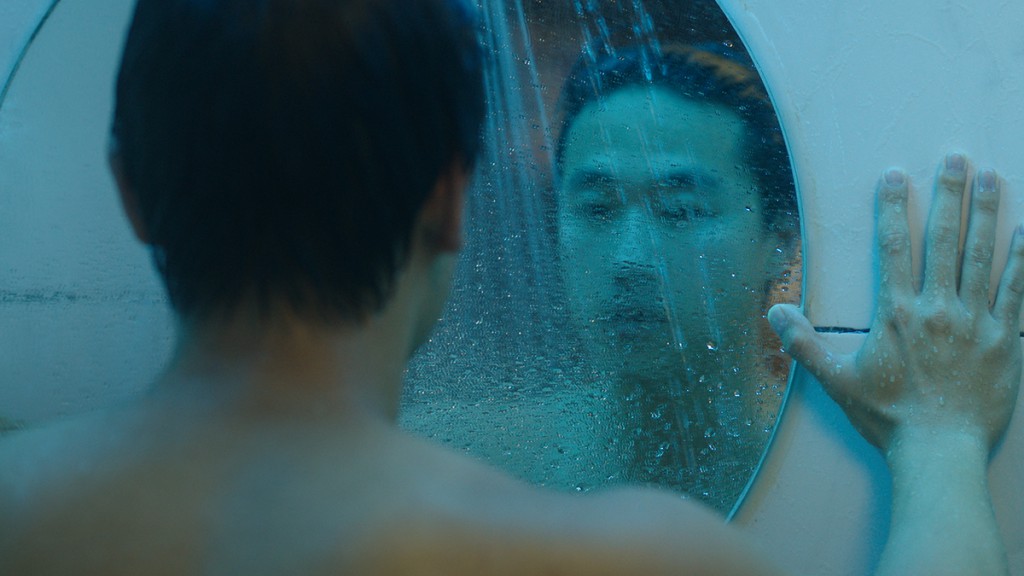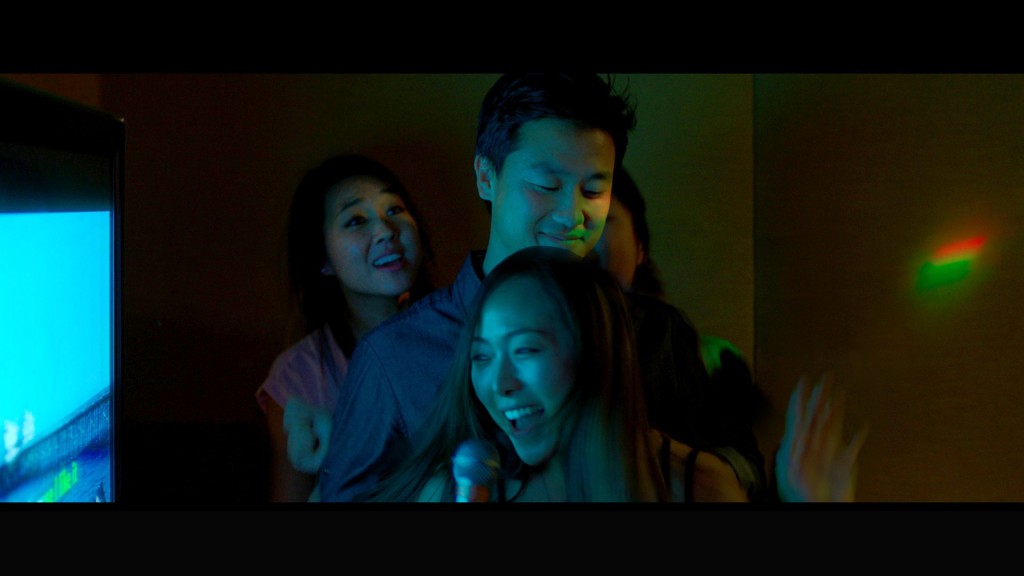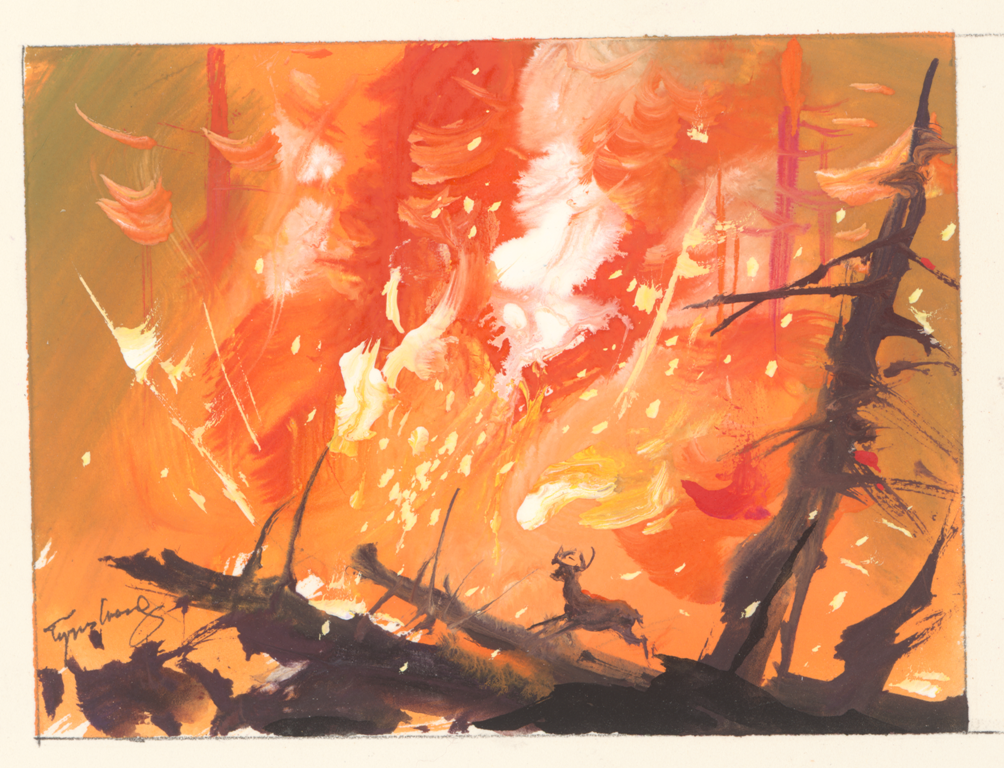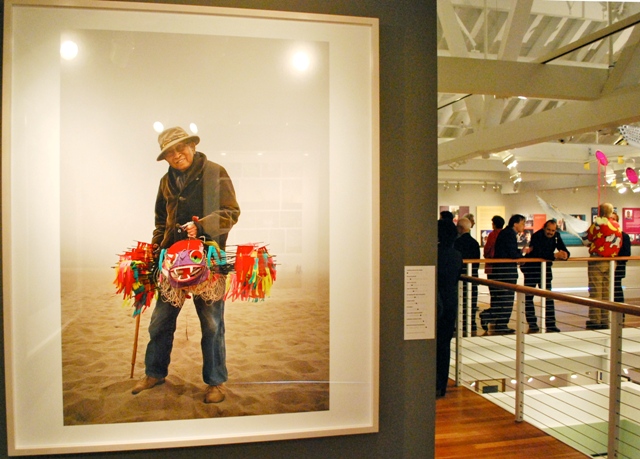It’s a year-long celebration for the Pacific Islanders in Communications (PIC), celebrating 25 years of supporting, developing, and advancing content for and by the Pacific Islander community. The Honolulu-based media arts non-profit organization celebrates creating TV programming, funding documentaries, and having showcases in various Asian American film festivals.
“Some of our goals are to develop the programming, enhance public recognition and appreciation for Pacific Islander history and culture,” Executive Director Leanne Ferrer explained via Skype interview.
PIC is one of five organizations that make up the National Minority Consortia; the others being the Center for Asian American Media (CAAM), the Latino Public Broadcasting, the National Black Programming Consortium, and Vision Maker Media. Prior to PIC’s founding in 1991, many of its producers worked with CAAM (then called the National Asian American Telecommunications Association). The producers were encouraged to create their own organization specifically for Pacific Islander content and to get the Corporation for Public Broadcasting to fund them. After the producers stated their case at a meeting in Honolulu, PIC then started to become a reality.
“It’s a great story because without the help of our Asian counterpart, I don’t think the producers here would have thought about it,” said Ferrer. “So it’s really great to be a part of that tapestry that gives a voice to minorities.”
The funding and support from PIC has been crucial for a number of Pacific Islander content creators – including Ferrer herself, who received funding from them as a filmmaker for two short films back in the early 2000s. She later joined the organization in 2009 as the program manager, before becoming the executive director in 2014.
PIC has grown overtime, thanks in part by partnerships, screenings, and helping out partners whenever possible. They’ve grown so much that they’re now producing various series for TV.
They’re just about to start the fifth season of Pacific Heartbeat; PIC’s first national series, created by Ferrer, where various documentaries that have been made possible by the organization are screened.
“I love Pacific Heartbeat,” she said. “I’m happy I’m able to package that in one place for people just to see the breadth of Pacific Islander stories.”
PIC also produced a second series with Rock Salt Media called Family Ingredients; an eight-part series hosted by chef Ed Kenney that celebrates and explores the world of food and how it plays a role in family history. It begins airing on PBS in July, and will be the first series to screen outside the Asian Pacific American Heritage Month window.
Ferrer named two recent films PIC helped make happen that have been particularly resonating with audiences: Dean Hamer and Joe Wilson’s Kumu Hina and Tony Vainuku and Erik Cohn’s In Football We Trust. She believes that its responses are a succession of PIC’s goal to tell a universal story.
“When we’re funding it or when producers are making it, it’s always in the back of your mind as, ‘Is the general audience going to get it or are we just making to this small section of Hawaii? Are we going to be preaching to the choir?'” she elaborated. “That’s good storytelling when you can give it to a broad audience and get that reaction.”
In a time now where diversity is in demand for heightened quality and quantity, Ferrer believes that the Pacific Islander community should be included in the conversation more.
“I personally don’t think there’s enough [representation] and I think there could be a lot more,” she explained. “In mainstream media, it seems like we get recognized being in football and maybe with beautiful scenic shots of where we live, [but] it still can get better.”
While she acknowledges public figures like Dwayne “The Rock” Johnson for bringing a face to Pacific Islanders as a part of the American tapestry, she hopes to see more exposure, minus the stereotypes.
Ferrer also believes that working together with the Asian American community can help in the long run. She sees the common ground with both communities through cultural similarities and finds them to be a good mesh. However, she doesn’t want to see the two communities being lumped together into one group.
“There are a lot of organizations that serve both Asians and Pacific Islanders, but Pacific Islanders are usually underrepresented,” she stated. “It’s not to say anything bad about those organizations; it’s that you have your hands full with the Asian population.”
For PIC’s 25th anniversary, many events are planned, including the anniversary reception in September and the Hawaii Media Makers Conference in November. There have also been one-minute vignettes posted on their social media, acknowledging 25 people, films, and other organizations that have helped PIC become what it is now.
In the future, Ferrer hopes for more partnerships to form, funding to be raised, training given to Pacific Islander producers to tell the community’s stories, and for PIC to become a go-to source for Pacific Islander content.
In the mainstream media, she hopes for the Pacific Islander community to be integrated more into the American tapestry and have their contributions recognized.
“I want more Pacific Islander content creators,” she said. “I want there to be more content aggregators. I want more people interested in Pacific Islander media and what Pacific Islanders have to say and give to the world.”
![]()



